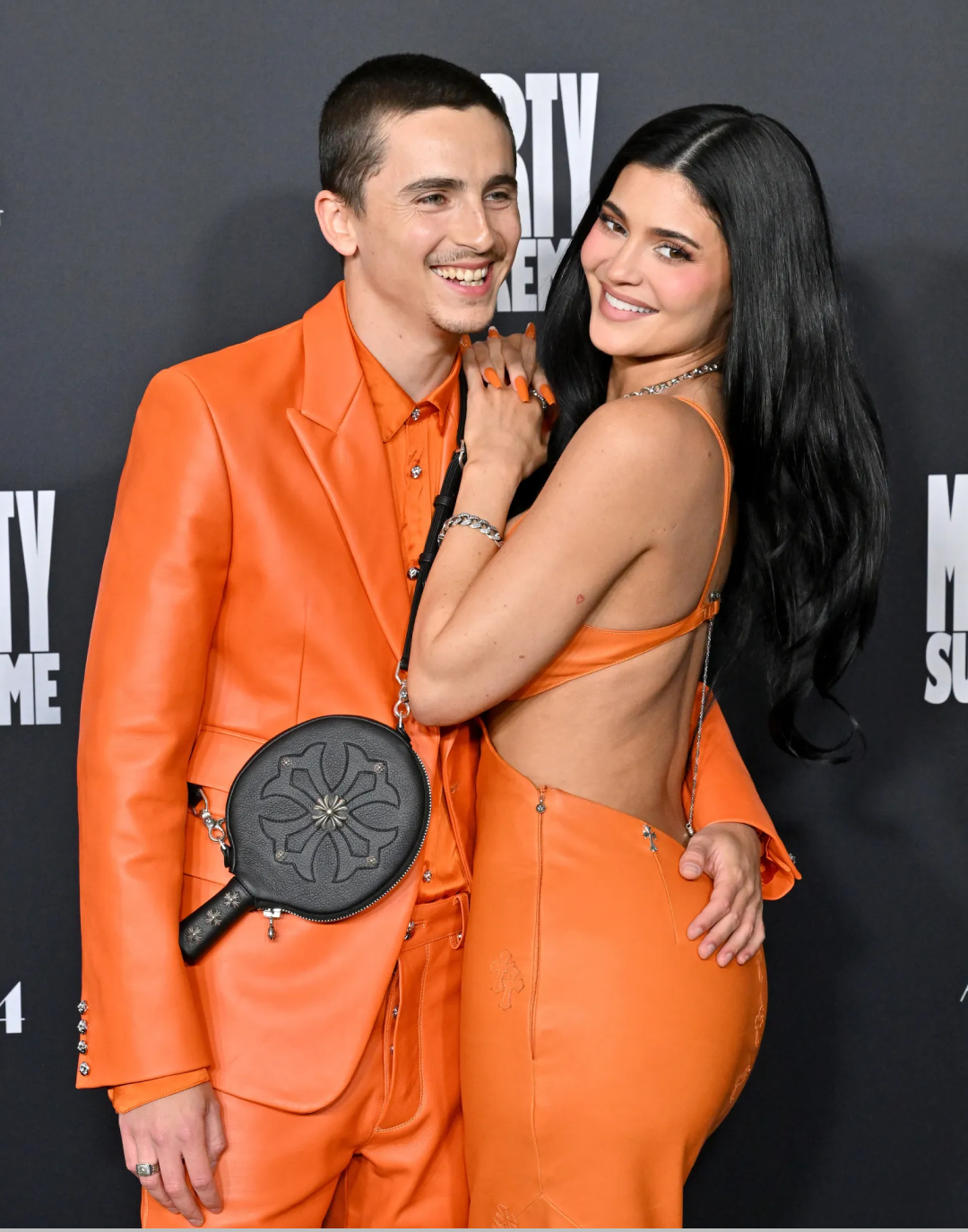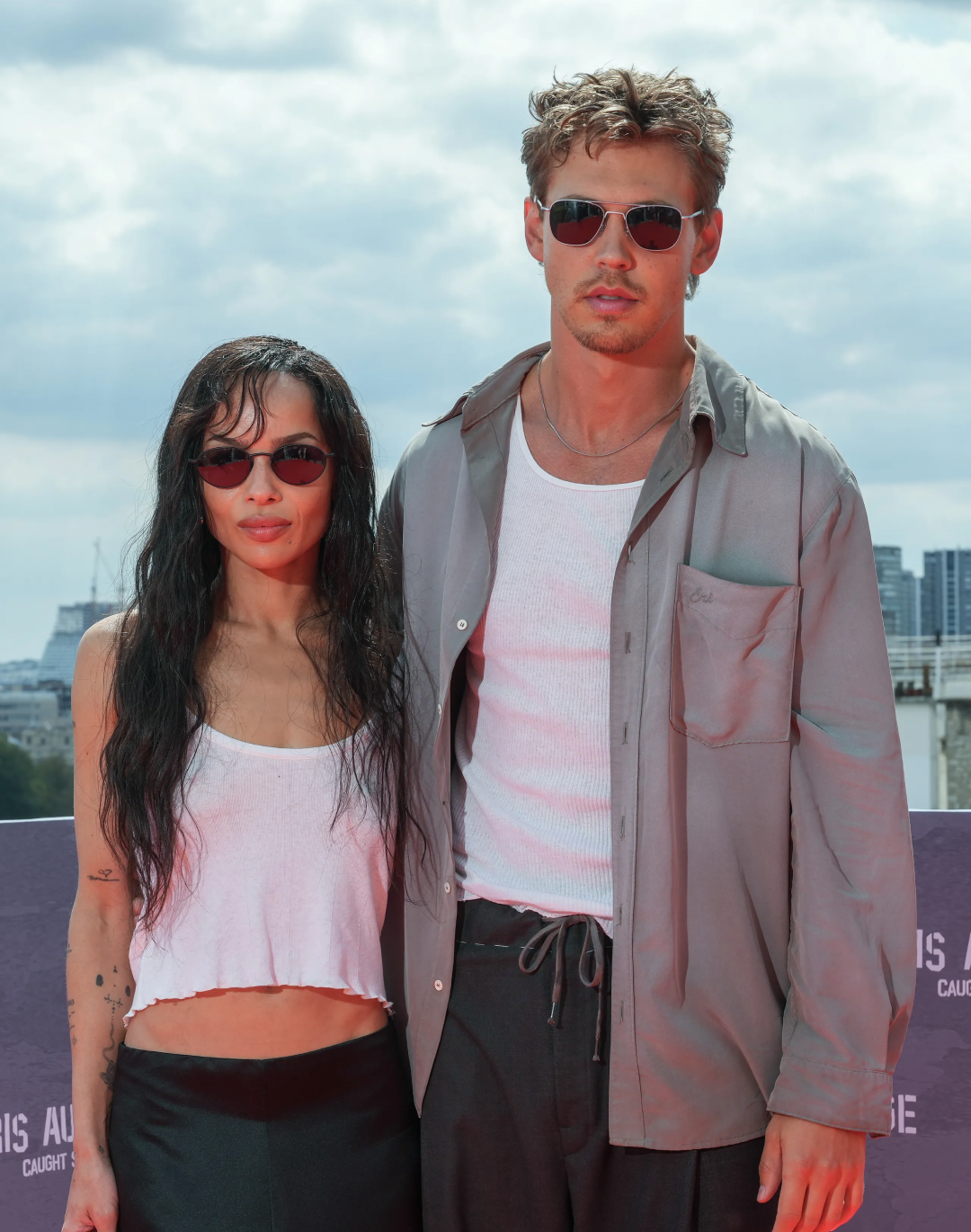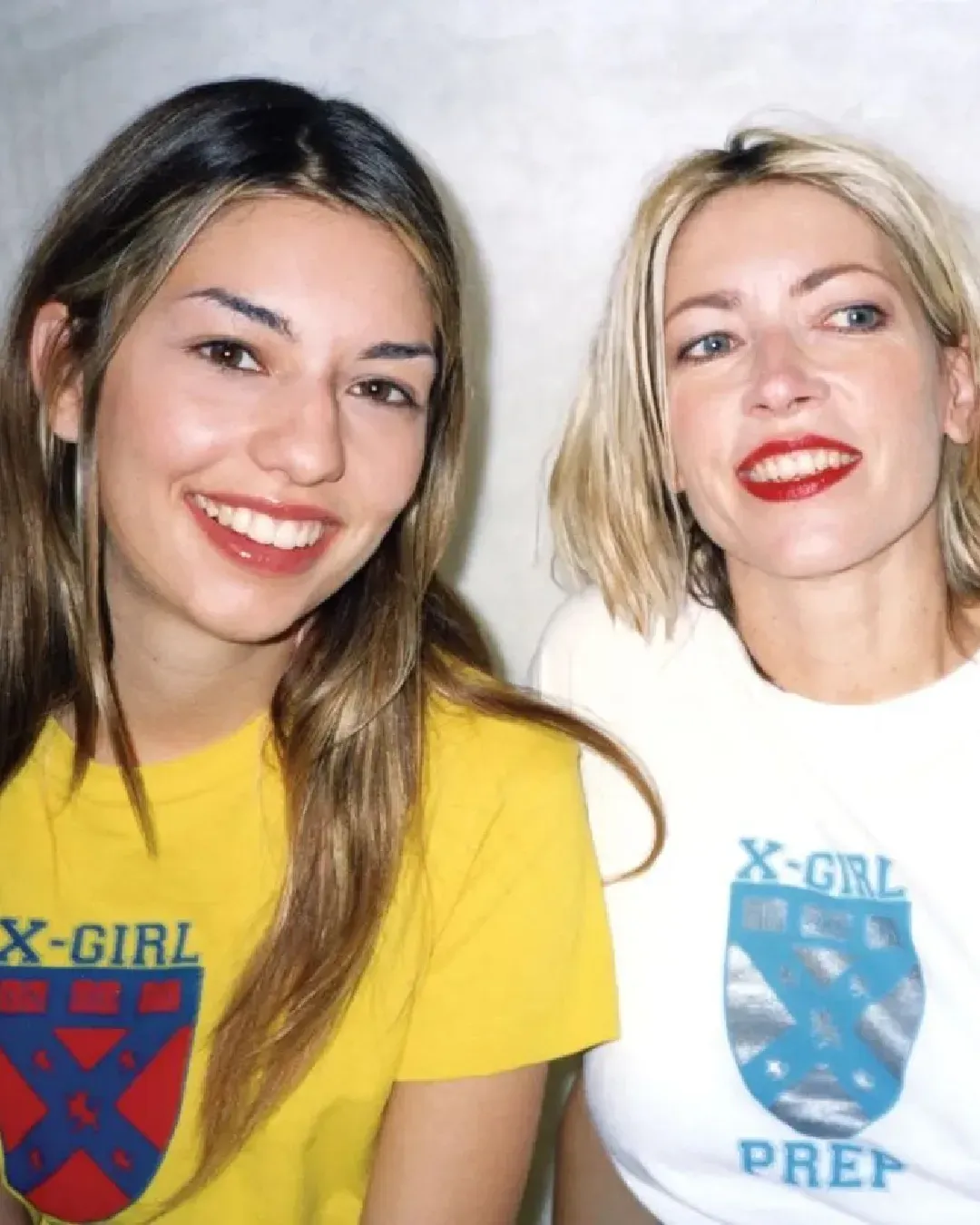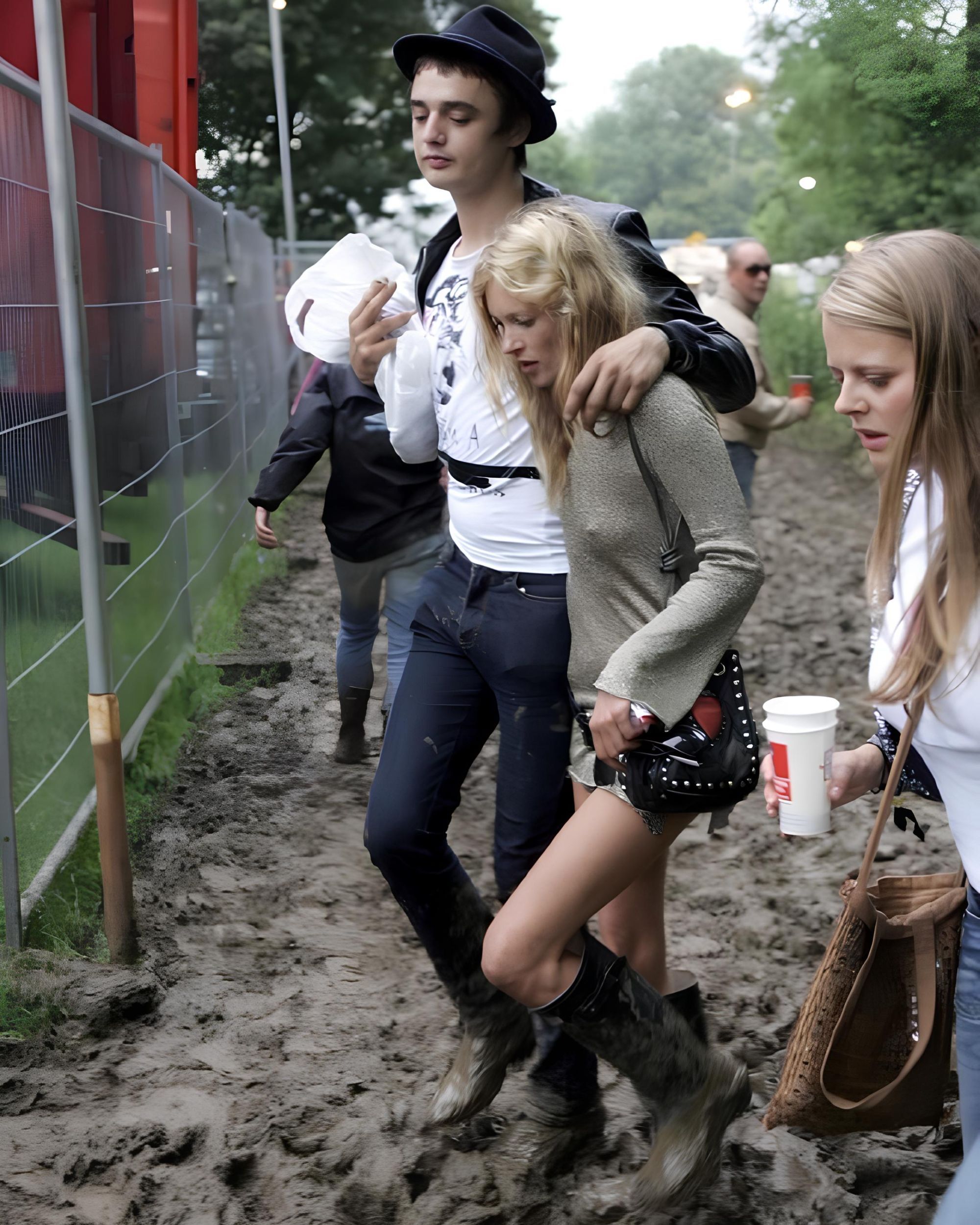
How glamorous is being a model in 2023, really? «We all know that the industry loves a baby face and young girls»
This year’s fashion month was full of events, but one that rather fell under the radar was the Victoria’s Secret rebrand. Known for their cut-throat policies when it came to the body image of their models, the brand is now trying to become the opposite of what it once stood for. The new VS is meant to be inclusive, diverse and a space for everyone. To translate this, they invited people from all over the world into their universe including designer Michaela Stark, known for her body-morphing designs, and producing an Amazon Prime documentary. Just like Abercrombie & Fitch, the brand tried to adapt its quintessential millennial branding to GenZ, which is much more conscious than the original target group. So, can you save your reputation by turning the light on in the stores and rebuilding what it means to be an angel? Hard to say – for now, Victoria’s Secret is back to their old ways, starring Hailey Bieber and Emily Ratajkowski in the most recent campaign. Models used to be right at the heart of Victoria’s Secret, but their recent rebrand almost signalised that the industry has changed – or has it?
«I still think to this day that modelling is so glamorised, I noticed it all the time. Whenever I am with my friends, or just anyone in general and talk negatively about my appearance, I often get reacted with the sentence: oh, shut up you are a model,» says designer and model Grace Findlay. «You immediately get put on this pedestal, where they believe that models are invincible to any sort of normal body changes.» These days, Findlay models much less due to her design work, but she noticed that the label of model has stayed with her. «I know so many singers, actors, songwriters, creatives and fashion designers and they are always being described as a model who writes, a model who acts – you seem to be not able to shake off that term, it’s seen as a very integral part of your persona,» she adds.
Have the practices and modes of the 90s modelling industry not changed at all? «I do believe that toxic practices have changed. I had a very safe journey through modelling, compared to what you’d expect from models in the 80s or 90s,» Findlay says. She recalls times when on set, everyone was encouraged to eat – something unthinkable in the old days. She also confirms that on set, she never heard any comments on her body, having worked on many female-led projects. «In terms of my agency, that’s been the biggest toxic element I have experienced within modelling. I’ve never had any issues with jobs. It’s always been my agency. I think they were really trying to lean into that when I was younger, I was more fresh and baby-faced, and we all know that the industry loves a baby face and young girls,» she recalls. Her agency really wanted to get her hip measurements down – something no one else ever demanded. «They sent me fitness routines and everything. My hips widened because I was building muscle from running around all the time. They were so disappointed in me when I had my hips widened, even though every other measurement had shrunk.»
In the nineties, also known as the golden age of modelling, models could either be the coolest person in the fashion world or the most broke - in some cases, they could even be both, at the same time. Kate Moss was scouted by her friend when she was just a mere 14 years old, Christy Turlington was also only 14, Linda Evangelista entered a modelling contest when she was 15, Cindy Crawford starred in Elite's look of the year contest when she was 16, and Naomi Campbell was discovered at the age of 15. At that age, most girls haven’t developed most womanly features, which is why to stay this way most models are later forced to eat little to nothing. This toxic diet culture also translated into other professions of the public eye, including acting and other media. In the supermodels' recently launched Apple TV documentary, the four protagonists dismiss the age controversy with a smirk. «Even if the business wasn’t perfect […] when we look back, there is a sense of joyfulness and playfulness.»
Fast forward to now, models are still thin, and proof of that can be seen at any fashion event. After the last Fashion Month came to a close, Vogue Business magazine published its seasonal Body Diversity Report, which found that the only shows that had no straight-size models were Karoline Vitto in Milan and Chopova Lowena in London, run by Sarah Small from the street casting agency Good Catch. Most shows threw a few mid-size models in the mix, but barely any brand dared to let them outweigh the straight-sized models. All the brand that cast more mid and plus-size models were independent-led and emerging companies, demonstrating once again that even though the world's view of modelling and body image is changing, luxury fashion houses are yet to realise it.















































